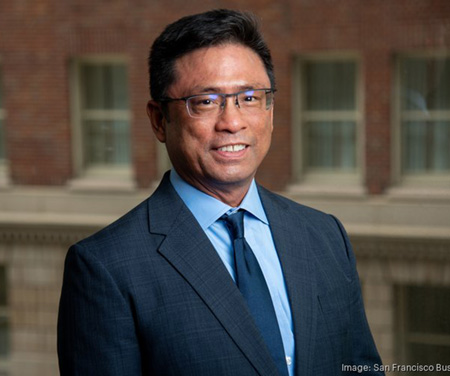Press Release
|
Tasi Bank debuts banking services for cannabis growers and dispensaries By Mark Calvey – Senior Reporter, San Francisco Business Times. That’s required the cannabis industry to grapple with the safety and logistical issues that come with having to store lots of cash and often pay in cash, even as 38 states and various territories, including Guam, have legalized cannabis to varying degrees. The fact that Tasi even made Monday’s announcement represents a shift for the banking industry, which over the years has been reluctant to publicly discuss its financing activities involving the cannabis industry, even when legally allowed to lend to some borrowers with ties to cannabis. Regulators have divided the cannabis industry into three tiers, allowing banks to serve accounting firms and other professional services with cannabis clients that place them in Tier 2. Tier 3 consists of hemp-related businesses. But Tier 1 are businesses that actually touch the plant, such as growers and dispensaries. “We have been working with customers over five years, but our services have been limited to companies in Tier 2 and Tier 3 segments, which are essentially one step removed from actual handling of cannabis,” said Tasi Bank President Dave Joves said. Tasi Bank, a division of FDIC-insured Bank of Guam, has lent more than $20 million to Tier 2 companies over the past five years. Tasi said it has been working with the Federal Deposit Insurance Corp. and California banking regulators to ensure that its plan to carve out a niche serving the Tier 1 cannabis companies complies with the law. “The biggest concern is to make sure that there’s no illicit activity going on in these accounts, so it’s very similar to a money service or any business that has a lot of cash associated with it,” Joves told me. As a result, Tasi plans to be very selective in choosing clients in the cannabis industry. “We want cannabis operators that are going to be the survivors, the long-term players,” said Joves, who anticipates the cannabis industry is at a stage of industry consolidation. Tasi is eager to set expectations for its plans to serve the cannabis industry. “The reality is that it’s not going to be a big niche for us,” Joves said. “We’re not going to blanket the market the way we do with financing hotels, gas stations and apartment buildings,” Joves said. “We have set up the infrastructure, along with the policies that we’ve worked on with the regulatory agencies, and it’ll be very much heavily regulated with large, high compliance hurdles. “We’re gonna know with every dollar that’s going through the account that there’s a legitimate revenue source attached to it,” Jove’s said. “That’s along with our annual inspection and our requirements.” Geographically, Tasi Bank will focus its cannabis banking activities on the Bay Area and San Diego, where it already has operations. In addition to dispensaries and cultivators, Tasi, with more than $500 million in assets, plans to serve other parts of the cannabis industry, including testing services, transportation companies, branding and packaging businesses as well as professional service providers tied to legal, accounting and real estate. “Our growth and business over the last decade have been quite strong,” said Joves, noting that the bank’s assets stood at just $35 million a decade ago. “We emphasize close relationships with our customers and are regarded as mavericks within the banking community. We serve business segments and populations often disregarded by larger regional and national banks.” |
